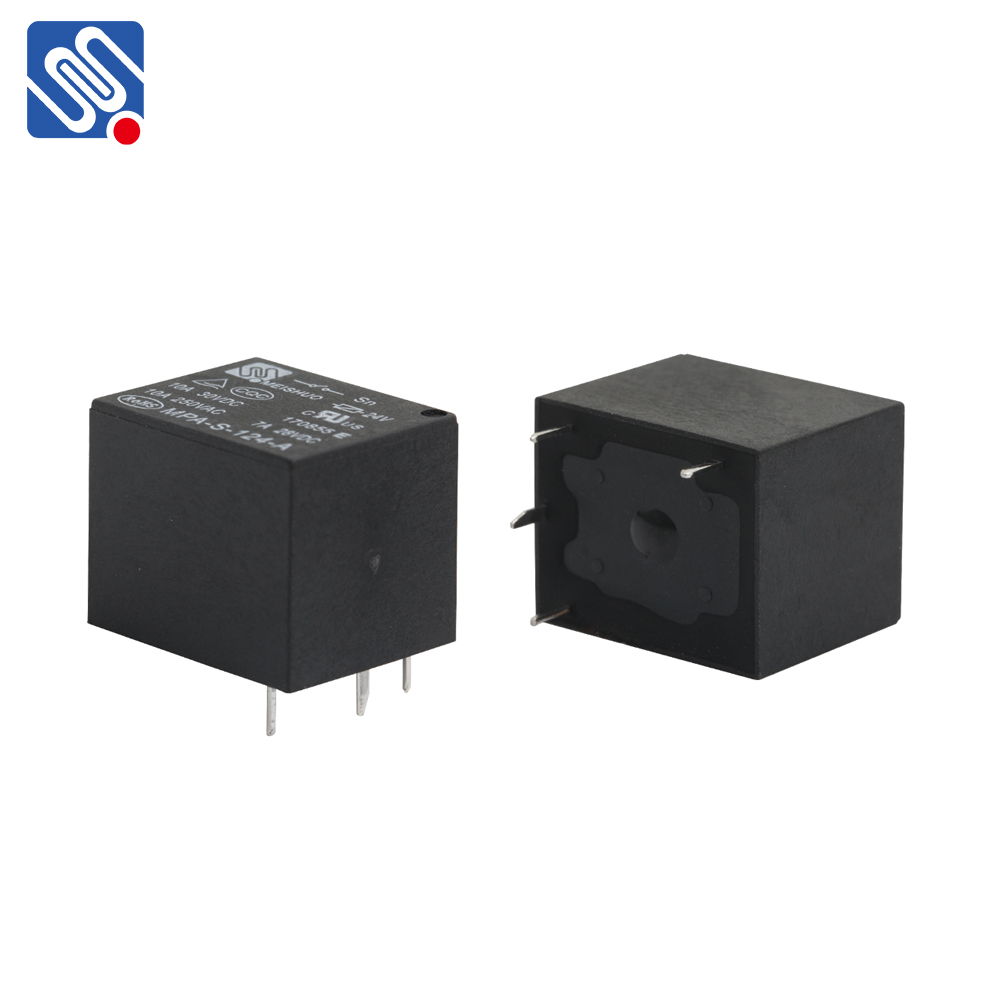在继电器电路设计中,常见的设计要点包括:

继电器选择:根据负载电流、电压以及开关频率选择合适的继电器。要确保继电器的额定值能够满足负载要求。 驱动电路:继电器线圈需要一定的电流才能驱动,常用的驱动电路有晶体管驱动电路、MOSFET驱动电路等。驱动电路通常用于隔离控制电路与高电流负载。 反向电流保护:继电器线圈在断电时,会因电感性而产生反向电动势,可能对电路造成损坏。通常使用二极管进行反向电流保护,防止损坏驱动电路。 触点类型:继电器的触点可以是常开(NO)、常闭(NC)或转换型(SPDT)。根据需要选择合适的触点类型来满足设计要求。 电源设计:继电器的工作电压和控制电压需要合适的电源,以确保继电器能够稳定工作。 延时控制:如果需要继电器执行延时开关的任务,可以使用时基电路(如555定时器)来实现延时操作。 继电器电路设计广泛应用于自动化控制系统、保护电路、电动机控制等场合,能够高效地实现电路的切换和控制。如果你有更具体的设计需求或问题,可以告诉我,我可以帮你提供更详细的建议。 帮我写一篇关于Relay circuit design的800字英文原创文章,并在文章前面配上一个标题,并在标题里面包含Relay circuit design Relay Circuit Design: Principles, Components, and Applications Relay circuit design is a fundamental aspect of electrical engineering that enables the automation and control of various systems. It involves creating circuits that use relays as switching elements to control high-power devices with low-power signals. Relay circuits are essential in systems where physical isolation between the control and load circuits is required. This article explores the basic principles of relay circuit design, its components, and its diverse applications in modern electrical systems.
Leave a Reply